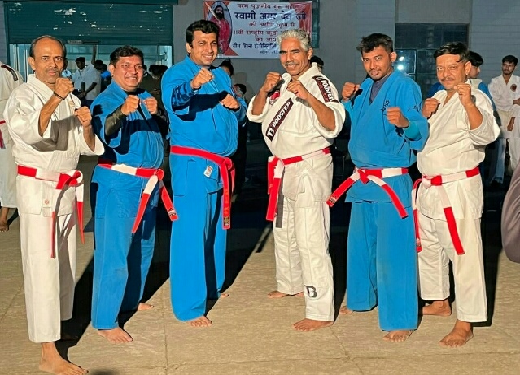Currently Empty: ₹0.00
Self Defence
About Course
Self-defense training classes are designed to teach individuals practical skills and techniques to protect themselves in potentially dangerous or threatening situations. These classes can vary widely in focus, intensity, and approach, depending on factors such as the instructor’s background, the specific style or system being taught, and the needs of the students. However, here is a general overview of what you might expect in a typical self-defense training class:
Course Content
Introduction
-
Introduction
00:00


